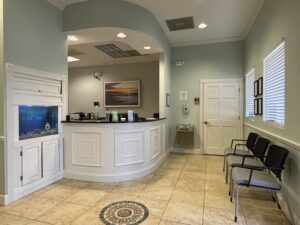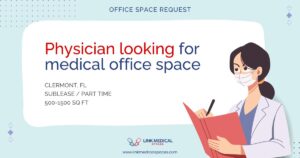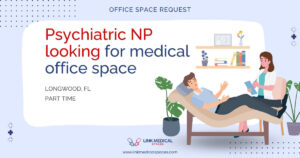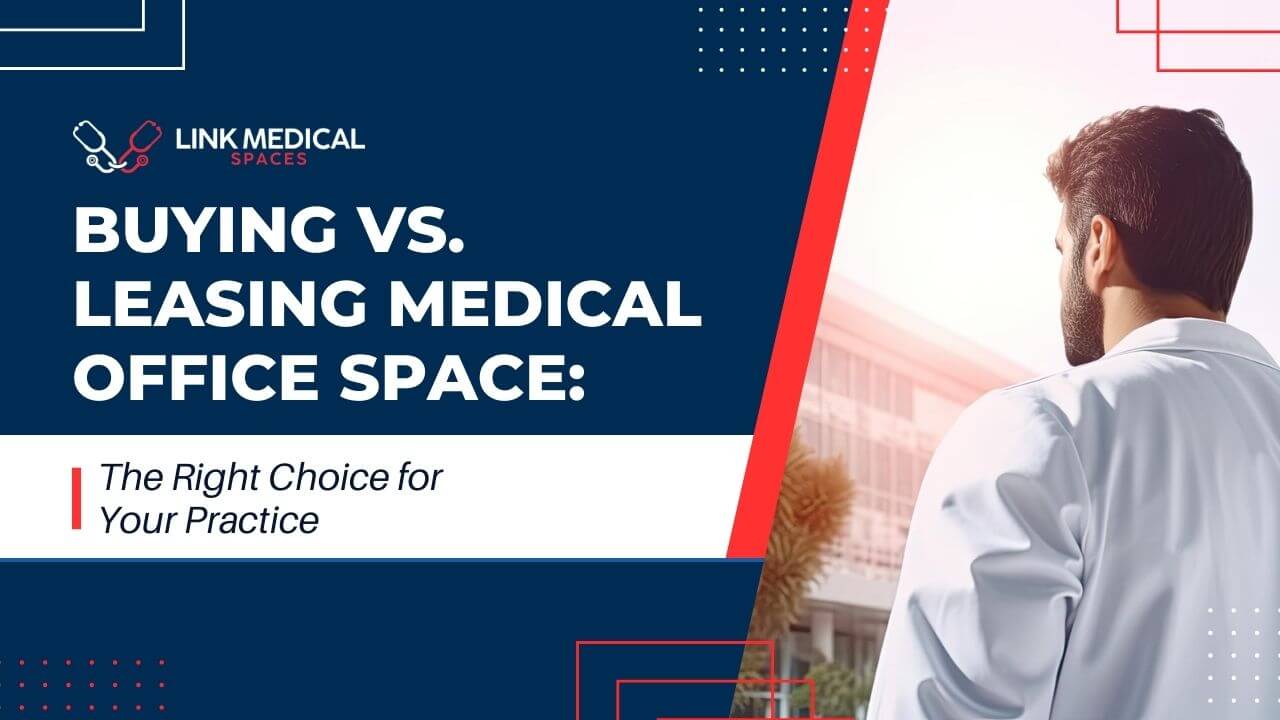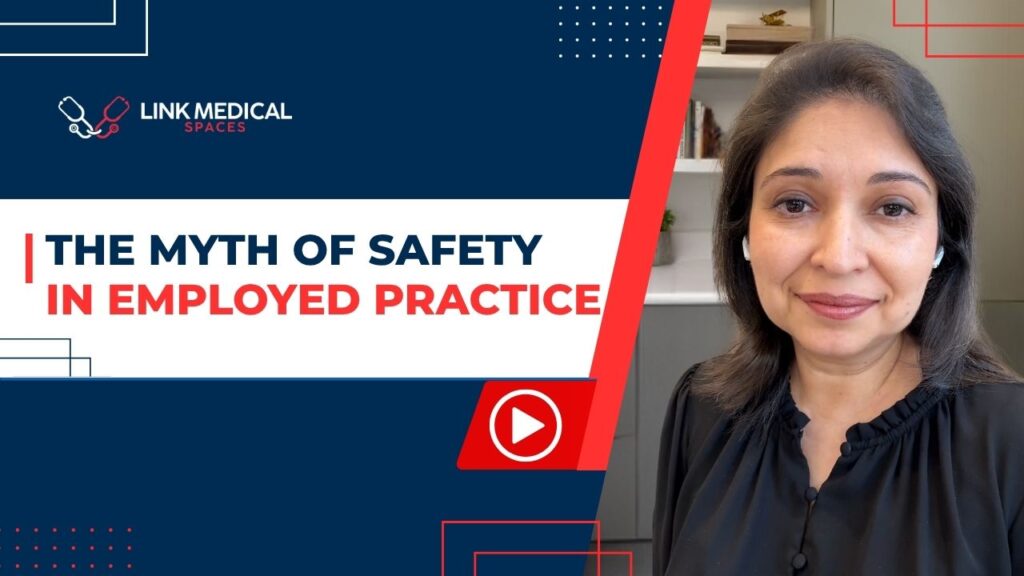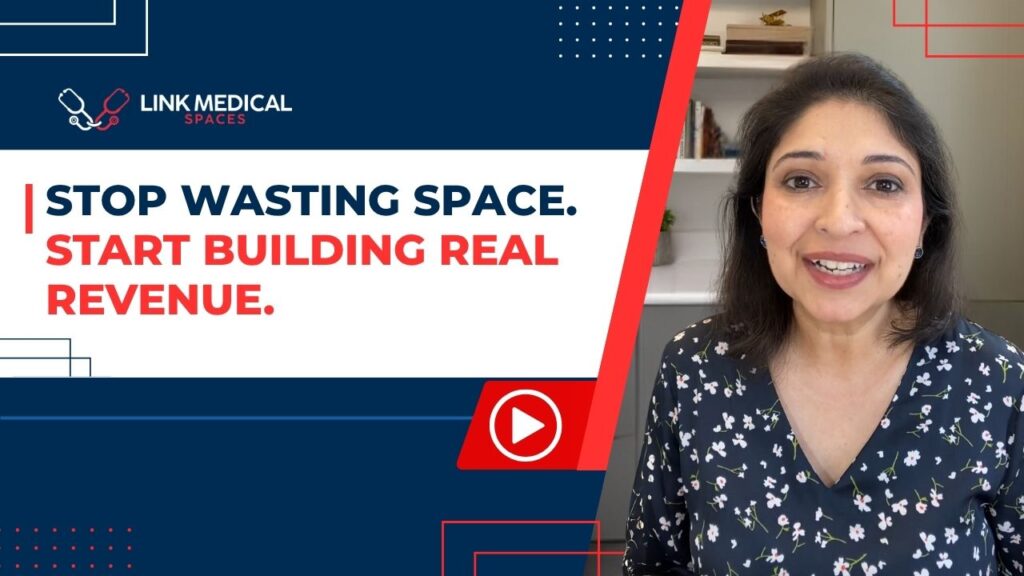Deciding whether to buy or lease medical office space is a significant decision for any healthcare practitioner. It’s a lot like the classic debate of buying versus renting a home—each option comes with its own set of perks and challenges. Let’s dive into the pros and cons of each to help you make an informed choice that aligns with your practice’s goals.
Drawing Parallels: Medical Office Space vs. Residential Real Estate
When it comes to residential real estate, choosing to buy or rent a home often depends on factors like financial stability, long-term plans, and current market conditions. Similarly, in the realm of healthcare real estate, deciding to buy or lease office space hinges on your practice’s financial health, growth projections, and the local real estate landscape.
Buying a Home vs. Renting:
- Buying offers the opportunity to build equity, provides stability, and holds the potential for property appreciation.
- Renting grants flexibility, involves lower upfront costs, and comes with fewer maintenance responsibilities.
Buying Medical Office Space vs. Leasing:
- Buying allows for equity accumulation, offers customization options, and may provide potential tax benefits.
- Leasing delivers flexibility, requires lower initial expenses, and reduces maintenance duties.
Understanding these parallels can help frame the decision-making process for your medical practice.
Pros and Cons of Buying Medical Office Space
Pros:
- Equity Building: Owning your office space enables you to build equity over time, potentially providing a valuable asset for future financial security.
- Stability and Control: Ownership offers control over the property, allowing for renovations and modifications tailored to your practice’s needs without landlord restrictions.
- Potential Tax Advantages: Owners may benefit from tax deductions related to mortgage interest, property depreciation, and other expenses.
- Additional Income Opportunities: Owning a larger property opens the possibility of leasing extra space to other healthcare providers, creating an additional revenue stream.
Cons:
- Significant Initial Investment: Purchasing property requires a substantial down payment and may involve additional costs such as closing fees and renovations.
- Maintenance Responsibilities: Owners are responsible for all maintenance, repairs, and property management, which can be time-consuming and costly.
- Reduced Flexibility: Owning ties you to a specific location, which may be a disadvantage if your practice needs to relocate due to demographic shifts or other factors.
Pros and Cons of Leasing Medical Office Space
Pros:
- Lower Upfront Costs: Leasing typically requires less initial capital, preserving funds for other aspects of your practice, such as equipment or staffing.
- Flexibility: Leases allow for easier relocation or expansion, accommodating changes in your practice’s size or location preferences.
- Reduced Maintenance Responsibilities: Landlords often handle property maintenance and repairs, allowing you to focus more on patient care.
Cons:
- No Equity Accumulation: Lease payments do not contribute to building equity, meaning you won’t benefit from property appreciation over time.
- Potential for Rising Costs: Lease agreements may include rent escalation clauses, leading to increased expenses over time.
- Limited Control: Tenants may face restrictions on property modifications and must adhere to the landlord’s policies.
Current Trends in Healthcare Real Estate
The healthcare real estate market is experiencing shifts influenced by factors such as technological advancements, patient preferences, and economic conditions. Notable trends include:
- Increased Demand for Flexible Spaces: Practices are seeking spaces that can adapt to evolving healthcare delivery models, such as telemedicine and outpatient services.
- Rising Construction Costs: Higher costs for materials and labor are impacting decisions to build or renovate medical office spaces.
- Emphasis on Patient Experience: Locations that enhance patient convenience and satisfaction are becoming more desirable, influencing leasing and purchasing decisions.
Understanding these trends can help inform whether buying or leasing aligns better with your practice’s strategic objectives.
Making the Decision: Actionable Steps for Private Practices
- Assess Financial Health: Evaluate your practice’s financial stability, considering cash flow, creditworthiness, and long-term profitability.
- Analyze Market Conditions: Research local real estate trends, property values, and lease rates to understand the economic landscape.
- Project Future Needs: Consider your practice’s growth trajectory, potential for service expansion, and the likelihood of needing more or less space.
- Consult Professionals: Engage with financial advisors, real estate experts, and legal counsel to gain insights tailored to your specific situation.
- Weigh Pros and Cons: Reflect on the advantages and disadvantages of each option in the context of your practice’s goals and resources.
Conclusion
The decision to buy or lease medical office space is multifaceted, involving careful consideration of financial implications, market dynamics, and your practice’s unique needs. By drawing parallels to the buy vs. rent debate in residential real estate and staying informed about current healthcare real estate trends, you can make a strategic choice that supports the long-term success of your practice.

